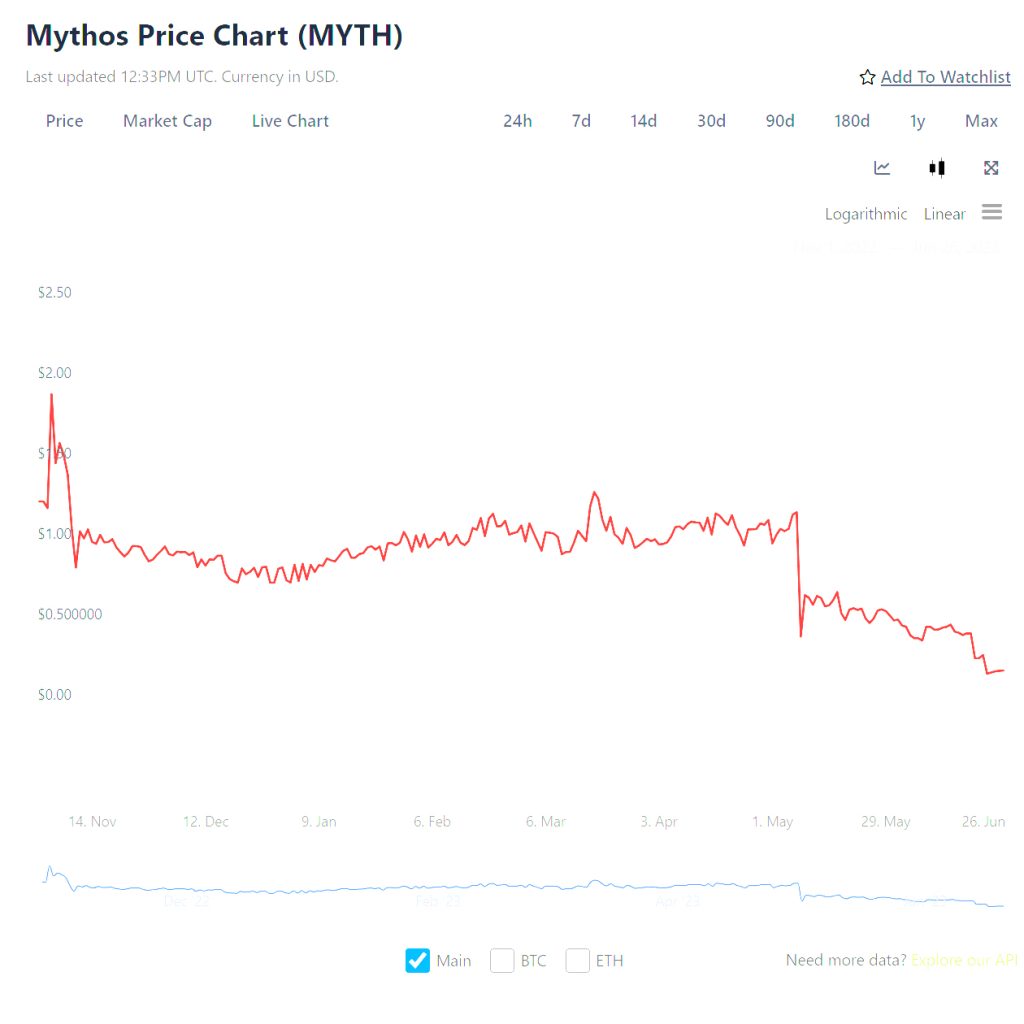Opinion: A ridiculous proposal

BlockchainGamer.biz editor-at-large Jon Jordan has been writing about the games industry since 1999. He predicts blockchain is the next great disruption and in our weekly column he shares his views on everything web3 games. You can read more in his Substack and contact him via [email protected].
The power of the peacock’s plumage
As is often the case, not thinking about the thing you’ve been thinking about is the best way to come to conclusions.
So it was I was pounding the streets with the latest episode of Russ Robert’s EconTalk on my headphones. I like Russ.
Certainly he’s no Tyler Cowen but who is?
Tyler is a man whose output is researched to the level many of his guests are so confused how expertly he formulates and then dissects their views, they walk straight into their own intellectual cul-de-sacs. Peter Singer and Noam Chomsky being recent examples.
That’s not Russ’ style, though. He’s an honest man, banging out podcasts. An economist by training, he’s now running a university in Tel Aviv and hosting EconTalk — tagline “Conversations for the Curious: part of the Library of Economics and Liberty”.
And in this episode — “Obedience to the Unenforceable“ — he was hosting Michael Munger, a self-styled libertarian economist, who was on EconTalk for a record 45th time. Well, the show has been running weekly since 2006.
Together they discussed a lecture — Law and Manners — given by Lord Moulton in 1924 in which he postulated on how a gentleman should behave in the middle ground between those acts determined by our own individual freedoms and those determined by state law; what we might label the sphere of society in which we have seeming freedom in our actions but which also have implications for other people.
Obviously, my thoughts immediately turned to crypto, particularly the frustration expressed in Monday’s missive about the action of MEXC’s traders dumping their free MYTH tokens at the expense of those of us trading MYTH-denominated assets on the Mythical Market.
The price of MYTH has continued to fall too. It’s now down 91% from its all-time-high at $0.18.

It’s a good example of Law and Manners because it demonstrates the crux of the issue. The token dumpers believe that in the absence of actual law — either state law or code as law — dumping tokens is purely personal freedom.
However, those of us downstream of those actions beg to differ because of the counterparty impacts of those token sales. Indeed, we are indignant because we believe our rights as those whose actions in the games that use the MYTH token (and which should fundamentally underpin the MYTH token price) are superior.
And these rights have been trampled — both morally and fiscally — by these traders’ actions. But so much for the etiquette lesson.
Can we do anything about it?
Not giving such optionality to those who have demonstrated no commitment to the project in hand would be the obvious one!
More generally, though, in the absence of any individual restraint on profit taking — which most people treat as an individual freedom in the absence of code as law — projects need to internalize these lessons, ensuring that those providing the most value are the ones who should benefit from any upside.
And, this being blockchain, this is something that can be externalized in code as law.
For a while now I’ve been playing around with the idea of how a blockchain game project could steelman its status as a longterm play.
Working backwards, it would determine for as far as is humanly possible that the game would absolutely run for a certain number of years (x), with tokens or similar liquid gameplay assets only launched halfway through that period (x/2).
It might also be a strength — not a weakness — that such a game would likely be highly under-capitalized in its early stages.
Hence a game development team committing their reputation to develop and operate a game for at least 10 years would also commit not to have live tokens for 5 years; the point being a game and its economy needs to run for a certain period of time before launching a live token and all the financial stresses that come with it.
Of course, the honest response would be is this sort of ridiculously rigid system possible to accomplish; notably how would such a project even fund itself?
I don’t know.
But some thoughts would be that like the plumage of a peacock, the first project to do so would differentiate itself in an extreme fashion if only because of its idiosyncratic nature.
More game, less tripple-A graphics
Perhaps this ridiculous experiment would be able to fund itself via some sort of Kickstarter. Another option would be to doubledown on its inherent lack of short term commercialization with supporters and funders sending stablecoins (or other appropriate assets) into a time-locked smart contract that would provide an immediate yield funding stream to the dev team, converting into game tokens via a vesting schedule that aligned with the game’s x/2 timing.
It might also be a strength — not a weakness — that such a game would likely be highly under-capitalized in its early stages, which would force the small part-time team to focus on the game’s subsystems and its economy, not triple-A graphics and all that jazz.
As an aside, this would probably be a fully onchain game that slowly builds out its functionality and accessibility, but the point would be that everyone would know the situation. Probably you’d have a big countdown clock on the website.
And don’t miss out on any news from the blockchain games space: follow us on Twitter and connect with us on Linkedin.
